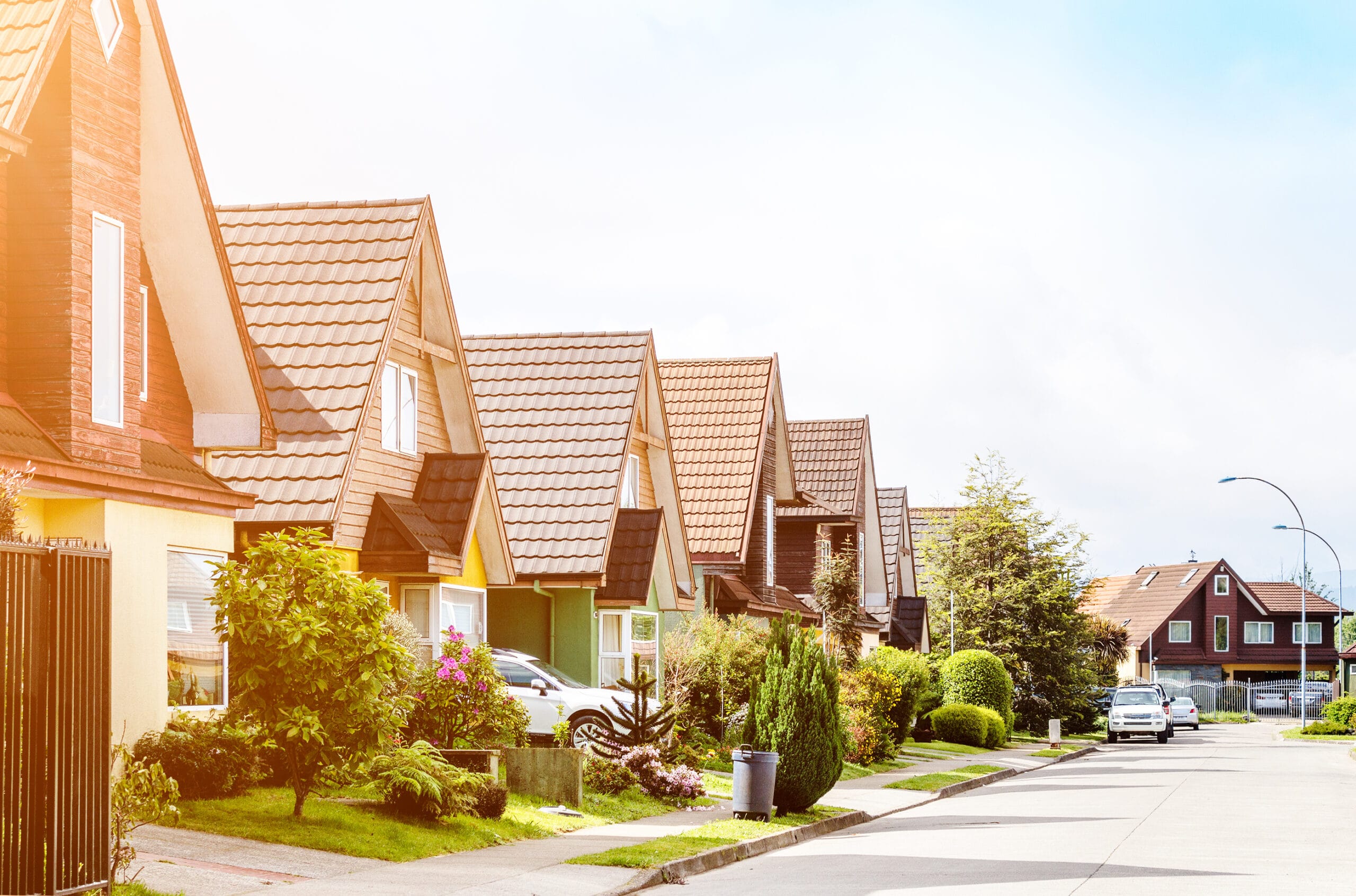By Michael Bright
Mortgage rates are north of 7 percent for a 30-year fixed loan, the highest mortgage rates since 2004. That is a psychological fact in addition to being a financial data point.
For 20 years, people have grown accustomed to rates lower than today’s. They were in the 3 percent range not long ago. Those were historically low, but people got used to them.
The whipsaw between then and now has made homebuyers – and home sellers – gun shy. If you drive around, you’ll see very few “for sale” signs even though this is the season they normally grow in numbers. This and a lack of supply are pushing home prices up in a self-perpetuating cycle.
It works this way: Homes are expensive. Rates rise so buying a home becomes even more expensive. People don’t want to move, so supply gets short. That makes housing even more expensive. And the cycle continues.
What to do? If you find a house that works for your family and that you can afford, buy it. Do NOT wait for rates to come down. You can always refinance if rates fall. What’s more, 7 percent might look great a year from now if rates go up even more.
It’s a frustrating environment right now, but don’t try to play the interest rate market. No one knows where rates are going. In the meantime, just do what you need to do.


